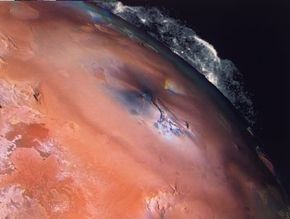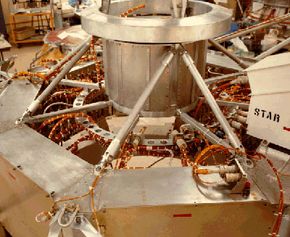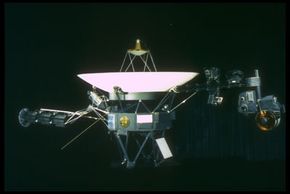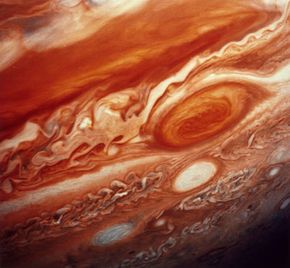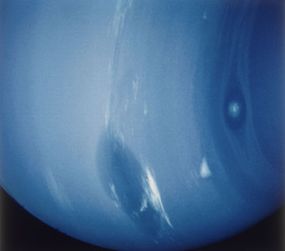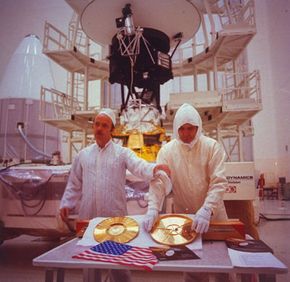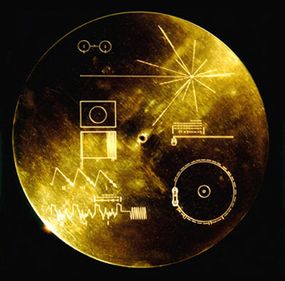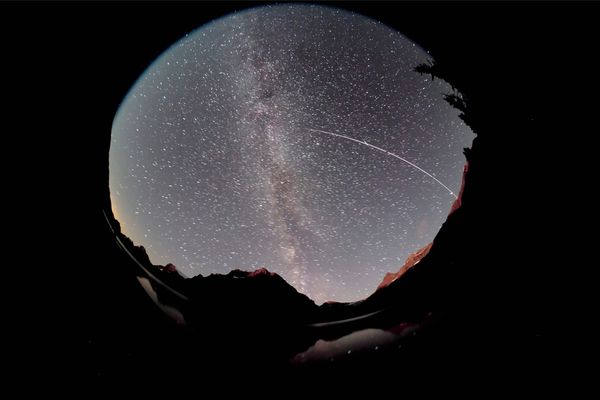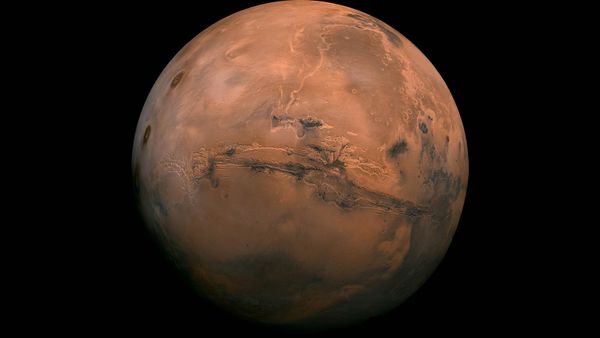At this moment, two spacecraft that were launched from Earth in 1977 hurtle through space at more than 30,000 mph (48,280 km/h). They are both several billion miles away, farther from Earth than any other man-made object. On Aug. 25, 2012, one of them crossed into interstellar space, making the first spacecraft to leave the solar system
Voyager 1 and 2 carry coded messages to potential alien civilizations. They have already taught scientists a great deal about the heliosheath, the outermost layer of the solar system. But none of this is even what they were designed for.
Advertisement
The Voyager spacecrafts were built to fly past the outer planets (Jupiter, Saturn, Neptune and Uranus) and study them closely, the first time in human history they'd been observed up close. The spacecraft succeeded magnificently, advancing planetary science by vast leaps. It was only after they’d accomplished their primary mission that they continued on to become Earth’s most far-ranging explorers.
Yet it was a matter of extremely good luck and timing that the missions were possible at all -- and an equal stroke of bad luck that almost scuttled the Voyager project before it ever left the ground. These ambitious missions were the product of new advances in the science and math of orbital trajectories, but they were almost cast by the wayside in favor of the expensive space shuttle program. Virtually every unmanned space mission undertaken today relies on knowledge and experience gained by the Voyagers.
We’ll take a close look at the ungainly Voyager space probes and all the technical equipment they carry on board. We’ll trace their trajectory from the development stages to their ultimate fate light years away from Earth. There will be stops at the largest planets in our solar system along the way. And if you’re wondering what's on the golden records each Voyager carries as messages for alien life forms, we’ll give them a spin. Will any aliens ever find them?
Advertisement
